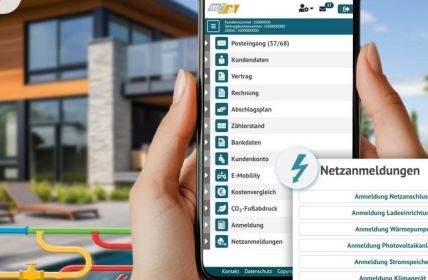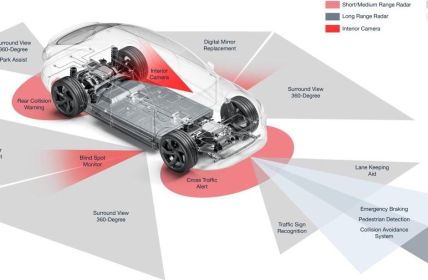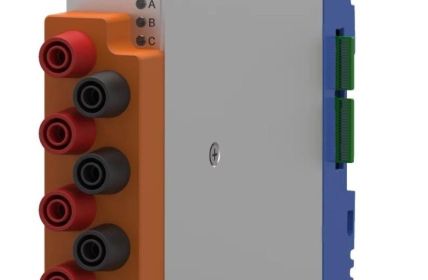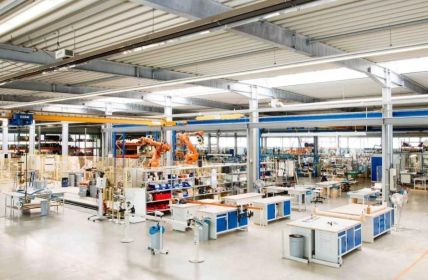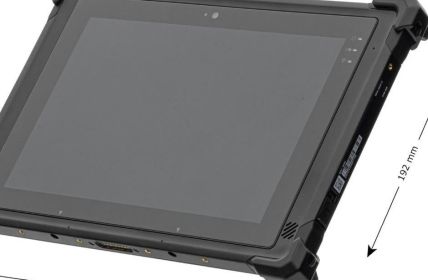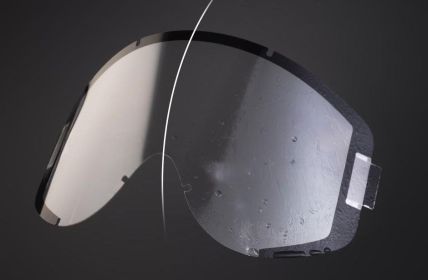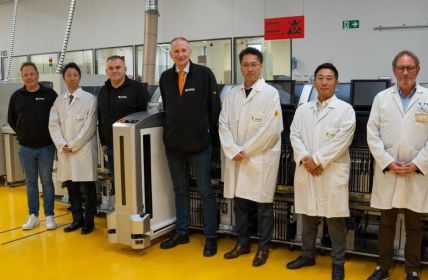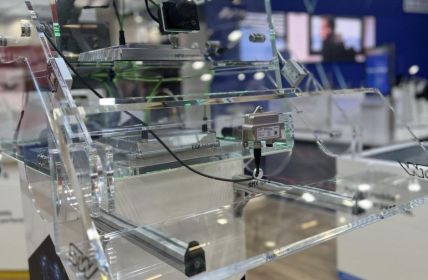The Singapore-based business combination of ST Engieering, Skyports and Sumitomo plans to test a drone network for marine logistics. The project aims to explore opportunities for new delivery services for the civilian and military sectors.
Table of Contents: What awaits you in this article
Shipping logistics: double emissions problem
Shipping has increasingly become the focus of environmental debates in recent years. Although they are an essential link in the supply chain for the global transportation of goods, general attention is increasingly focused on the problematic consequences of their operation.
In addition to the discharge of contaminated wastewater into the world’s oceans and their propulsion with fossil fuels, it is above all the emissions that are increasingly coming under criticism. This is where they meet with conventional logistics, which according to recent studies is said to be responsible for 70-90 percent of the CO2 emitted in the production of goods.
Saving resources through autonomous deliveries
ST Engineering believes that the use of unmanned aerial vehicles in land-to-ship logistics can generate significant potential savings. For example, the emissions balance of autonomous delivery structures would be significantly better compared to conventional boat transports. Not only would the small flying machines be faster to deploy. They also generate virtually no environmentally harmful emissions on their way to their destinations. A fact that could serve as a model for sustainability efforts throughout the industry.
Synergy effects for success
The three companies have joined forces for this project in order to pool their respective core competencies. Each of them also hopes to expand their own existing business areas in the process. Sumitomo is contributing its own fleet of vessels to the test. ET Engineering is supplying the DropNet technology. And Skyports is providing the necessary beyond line-of-sight drone technology (BVLOS).
BVLOS: autonomous, capable, cost-effective
BVLOS is a technology that enables drones to complete longer flights of up to 30 miles per day in hard-to-reach areas. Unlike visual (VLOS) or extended line-of-sight (Evlos) flights, it can eliminate the need for human assistance. Instead, a remote pilot station (RPS) takes over operations.
Onboard instruments provide the necessary data for control and adaptation to environmental factors. The direction, altitude, speed and position of the aircraft can be changed at any time. Studies have shown that this only costs $10 to $25 in operating costs per mile. While manned helicopters would cost up to $700.
DropNet UA: autonomous delivery with cutting-edge technology
The goal of the nine-month test is to enable the transport of packages weighing up to 7 kilograms from land to ship. To this end, the project will rely mainly on ST Engineering’s DropNet UA systems. The autonomous solution will use real-time data processing, visual imaging, and facial recognition.



